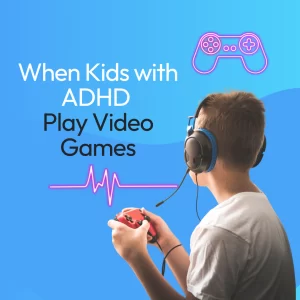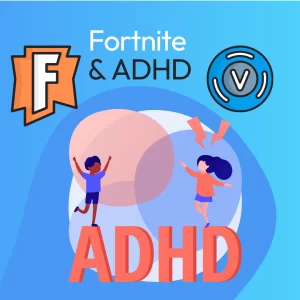What does the foundation of PBIS look like?
For most drivers, the speed limit signs are enough to regulate speed. When we couple those types of signs with an attachment to the community that they are planted in, most people drive appropriately. Speed limit signs are an example of a universal intervention. They are a broad intervention aimed at as many people as possible. A smaller percentage of drivers will require the occasional speeding ticket in order to remain mindful of their speed. And an even smaller percentage of drivers will require a more substantial level of intervention. This example is basically how the tiered interventions associated with Positive Behavioral Interventions & Supports (PBIS) are structured. Tier 1 interventions are like speed limits. They apply to everyone equally, and are effective at reducing speeding for most.
In Tier 1, a school should be attempting to target 100% of its student body.
An intervention at this level would be something like establishing school-wide positive expectations. Defining the expectations and behaviors that we expect from our students gives them specific goals to aim at instead of simply telling them what behaviors will be met with punishment. Schools that establish 3-5 positively stated, easy to remember, and reinforced expectations. The Junior High School that I attended as a child, Wasatch Junior High, in Salt Lake City, had the expectations of Accountability, Respect, and Excellence. Three broad categories that are reiterated throughout a student’s day, and their experience in that particular school.
Where should a universal intervention be focused?
The classroom was the place where these expectations were reiterated most often. Teachers who see young people engaging in Accountability, in this example, reinforce them for doing so. Setting the example for positive behaviors in the class, and reinforcing the young person in the moment the positive behavior occurs. Of course, while only reinforcing positive behaviors has actually been shown to reduce negative behaviors, we still have to discourage problem behaviors. All discipline policies should be aimed at discouraging behaviors that interfere with academic and social success. Students require familiarity, predictability, and consistency in the procedures and policies that govern their behavior.
While thinking about universal interventions, see if you can spot the Tier 1 intervention being used in your school!



